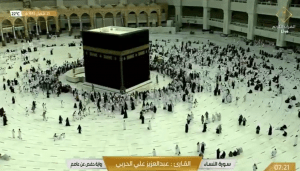The solar system, consisting of the sun and all the celestial bodies orbiting around it, is a vast and complex system. However, I assume you’re referring to potential faults or issues that could occur within the solar system and how they could be rectified.
The solar system, consisting of the sun and all the celestial bodies orbiting around it, is a vast and complex system. However, I assume you’re referring to potential faults or issues that could occur within the solar system and how they could be rectified. It’s important to note that the solar system operates based on natural laws and astronomical phenomena, so there are no specific faults within the system itself that can be rectified. However, I can address some hypothetical scenarios related to celestial bodies within the solar system and potential ways to address them.
Table of Contents
Asteroid Impact
If a large asteroid were on a collision course with Earth, it could pose a significant threat. To mitigate this, scientists and space agencies monitor near-Earth objects and identify potentially hazardous asteroids. If an asteroid were detected with sufficient warning, possible countermeasures could include deflecting the asteroid’s trajectory using gravitational tugs, kinetic impactors, or deploying a spacecraft to alter its course.
Solar Flares
Solar flares are eruptions of high-energy particles from the Sun’s surface. While they don’t directly impact the solar system’s stability, they can affect technology on Earth. To minimize their impact, scientists study and monitor solar activity to provide early warnings. Satellite systems and power grids can be prepared by implementing appropriate shielding and backup systems to mitigate potential damage.
Space Debris
The accumulation of space debris, including defunct satellites, spent rocket stages, and other fragments, poses a concern for space missions and satellite operations. Efforts are underway to actively track and catalog space debris, as well as develop methods for debris removal or mitigating its impact through techniques such as deorbiting satellites at the end of their operational life.
Lunar Base Support
If we consider establishing a lunar base or conducting long-duration human missions to other planets, ensuring life support systems, radiation shielding, and resource availability becomes crucial. Advances in technology, such as closed-loop life support systems, radiation protection measures, and utilizing local resources for sustenance and construction, are being explored to address these challenges.
These are just a few hypothetical scenarios and potential measures to address them. The field of space exploration and astronomy continually evolves, and researchers and scientists are constantly working to understand the solar system better and develop solutions to potential challenges that may arise.


